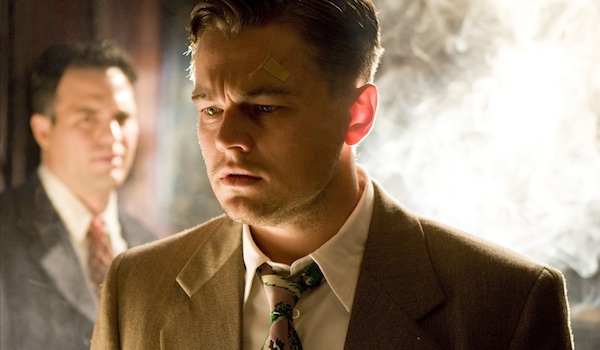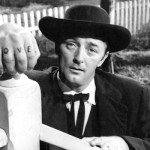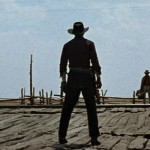Shutter Island Review
When the release date for “Shutter Island†was pushed back from October to February, film buffs everywhere panicked. The thriller, directed by Martin Scorsese and based on a novel by Dennis Lehane, was expected to be a major player at this year’s Academy Awards, but the delay meant it would be out of contention until next year. Delays typically signal a lack of confidence by studios, so most people were worried Scorsese’s film wouldn’t be up to snuff.
I’m beyond happy to report that this is not the case with “Shutter Island.†This film is tremendously thrilling and colossally mind-bending. It uses every aspect of the production to create a sense of intense uncertainty. The story is packed with ambiguity, which makes it very difficult to determine exactly what’s going on. You’ll leave the theater scratching your head, but it’s unlikely you’ll be able to stop thinking about it for days.
The year is 1954 and the place is Shutter Island 11 miles off the coast of Boston. Shutter Island is the home of Ashcliffe Hospital, a mental hospital for the criminally insane. Those housed at Shutter Island are the most violent and dangerous criminals in America, so when a prisoner escapes, it’s cause for serious concern. Two federal marshalls, Teddy Daniels (Leonardo DiCaprio) and Chuck Aule (Mark Ruffalo), are called to investigate the island and help find Rachel Solando (Emily Mortimer), the escaped prisoner who murdered her three children by drowning them in a lake. The two men running the hospital, Dr. Cawley (Ben Kingsley) and Dr. Naehring (Max von Sydow) are incredibly unhelpful, which makes Teddy, a World War II veteran who helped liberate a concentration camp in Dachau, believe something much more nefarious involving German POW mind experiments is going on.
The plot involves countless more layers, which I won’t reveal here. The less you know about the film’s twists and turns, the better. Scorsese takes his time peeling the layers back, but it never feels slow or dull, thanks to incredible technical prowess from one of the finest living filmmakers.
Only Scorsese, who directed such classic films as “Taxi Driver,†“Raging Bull,†“Goodfellas†and, most recently, “The Departed,†could craft a gothic horror thriller with such magic and beauty in every shot. The camerawork is incredible and helps convey the sense that Teddy is, as one character tells him, “a rat in a maze.†The set design is beautiful with lavish civil war palaces located next to dark, damp prison cellars. The score is also nearly perfect in the way it conveys the haunting dread of the setting.
Leonardo DiCaprio has really grown up from the baby-faced heartthrob in “Titanic.†He has also become Scorsese’s go-to actor appearing in the director’s last four narrative features. His work here isn’t quite as good as what he did in “The Departed,†but he’s still quite good. Being the unreliable narrator in a film is difficult because the character has to be at least one step behind the actor, but DiCaprio is as good as one could hope. He’s constantly on the brink of losing his mind, even when the film first begins (his first line is “Pull yourself together, Teddyâ€). Many of his problems stem from the murder of his wife, Dolores (Michelle Williams), and the scenes featuring Teddy trying to navigate through his dreams and hallucinations of his wife are some of the most compelling of the film.
DiCaprio is supported by a number of well-respected actors, all of which give good performances despite, in most cases, little screen time. Academy-Award winner Ben Kingsley has perhaps the second biggest role and must walk a thin line as DiCaprio does, never revealing whether Dr. Cawley has an evil hidden agenda. Mark Ruffalo’s Chuck is a supportive partner to Teddy, but the role isn’t very emotive and doesn’t give the actor many chances to show off his skills. Perhaps the best supporting performance is that of veteran character actress Patricia Clarkson, who you might recognize from films like “Miracle†and “Good Night, and Good Luck.†I won’t reveal the name of her character, however, because it would rob you of one of “Shutter Island’s†most shocking twists.
Throughout “Shutter Island,†I was constantly reminded of Stanley Kubrick’s classic horror film “The Shining.†Visually, the film is incredibly similar with its feeling of being trapped, as well as its ability to turn the setting into a living, breathing character in the film. Thematically, the films are also similar. “Shutter Island†blurs the line between fantasy and reality, between sanity and insanity, better than perhaps any film since “The Shining.â€
It’s a masterpiece that didn’t deserve to be dumped in the cinematic wasteland of February. It won’t likely be remembered for next year’s Oscars, but I know it’s something I won’t likely ever forget.















